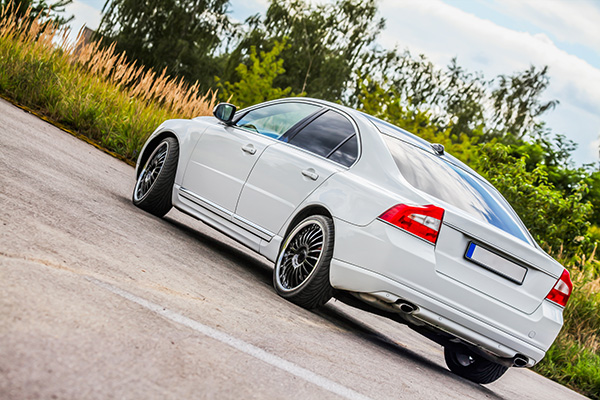
Owning a European vehicle means enjoying luxury and performance, but it also comes with a reputation for higher maintenance costs. Many drivers who own brands like BMW, Mercedes-Benz, Audi, or Volvo have noticed that routine services and repairs seem to cost more than they did just a few years ago.
While these vehicles offer excellent driving experiences, the truth is that maintaining them has become more expensive in recent years—and it’s not just about brand prestige. Let’s look at the real reasons why your European car's upkeep may be impacting your wallet more than expected.
Advanced Technology and Specialized Parts
European manufacturers are known for pushing the boundaries of automotive technology. From adaptive suspensions and turbocharged engines to digital dashboards and advanced emissions systems, these vehicles are packed with sophisticated systems.
The downside of this innovation is its complexity. Repairs and maintenance require brand-specific diagnostic tools, software, and training. In addition, many components, like dual-clutch transmissions, electronic throttle systems, or integrated control modules, aren’t just more expensive to replace, but they also require more time and skill to service properly.
Parts Are Often Imported
Another factor that increases cost is the origin of replacement parts. Many components for European vehicles are made overseas and must be shipped to the U.S. This includes everything from brake rotors and suspension components to engine sensors and electronic modules.
Longer shipping routes, limited domestic stock, fluctuating currency exchange rates, and most recently, the tariffs on imported goods all raise the price of parts. Additionally, high-quality original equipment manufacturer (OEM) parts are often recommended for these vehicles, adding to the total cost compared to domestic or aftermarket parts.
Routine Services Are Less “Routine”
With some European cars, even basic services like an oil change or brake pad replacement require more involved procedures. For example, certain models utilize sealed transmissions, which necessitate specialized equipment and fluids for servicing. Others may use sensors or control units that must be reset with factory-level diagnostic software after routine maintenance.
In these cases, what would be a quick job on another car becomes a more complex process that demands extra labor and precision. This also explains why many independent shops won’t service certain European brands without specialized training and equipment.
Longer Service Intervals
European vehicles often have longer intervals between maintenance services, which can seem like a benefit. However, when service is needed, it’s usually more extensive. For example, most vehicles go 10,000 miles between oil changes, but the oil required is a premium synthetic blend, and more quarts are needed.
Similarly, scheduled services at 30,000, 60,000, or 90,000 miles may include comprehensive inspections and multiple system checks, such as the cooling system, suspension, drivetrain, and electronics, which makes these visits more expensive, even if they’re less frequent.
Skilled Labor Isn’t Optional
Repairing or maintaining a European vehicle isn’t something just any technician can do. European brands require specialized knowledge, up-to-date training, and access to brand-specific systems. Shops that work on these vehicles invest in certification, tools, and equipment to meet manufacturer standards.
That investment in skill and technology ensures your car gets the right care, but it also contributes to higher labor rates. Still, cutting corners with inexperienced service can lead to bigger problems, so it’s worth choosing a technician who knows your vehicle inside and out.
Is It Worth the Investment
Despite the higher cost, many drivers feel that the performance, comfort, and longevity of European cars are worth the price of maintenance. With proper care, these vehicles often last well beyond 200,000 miles, and they tend to retain value longer than their counterparts.
Keeping up with recommended service helps you avoid major repairs and ensures that your vehicle continues to perform as intended. Choosing a qualified technician and using the correct parts are crucial steps in maximizing the value of your investment.
Schedule European Vehicle Service at Yates Automotive in Alexandria, VA
If you’re noticing higher costs when it comes to maintaining your European vehicle, our team can help you make informed decisions without sacrificing quality. We provide expert service using OEM parts and advanced diagnostics tailored to your specific make and model.
Call Yates Automotive in Alexandria, VA, to schedule your next European vehicle service and keep your car performing at its best.